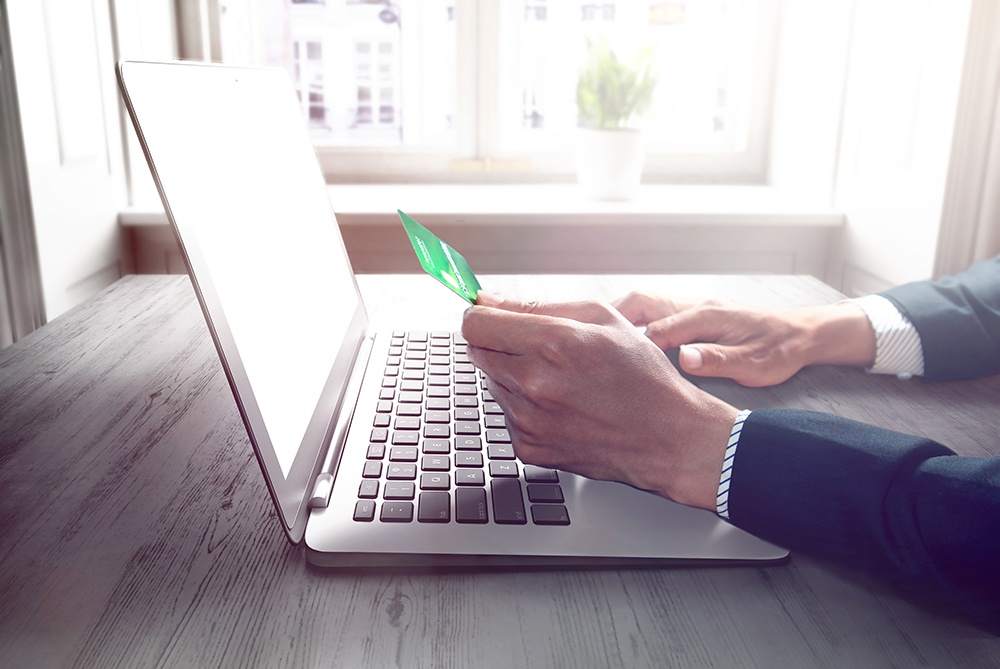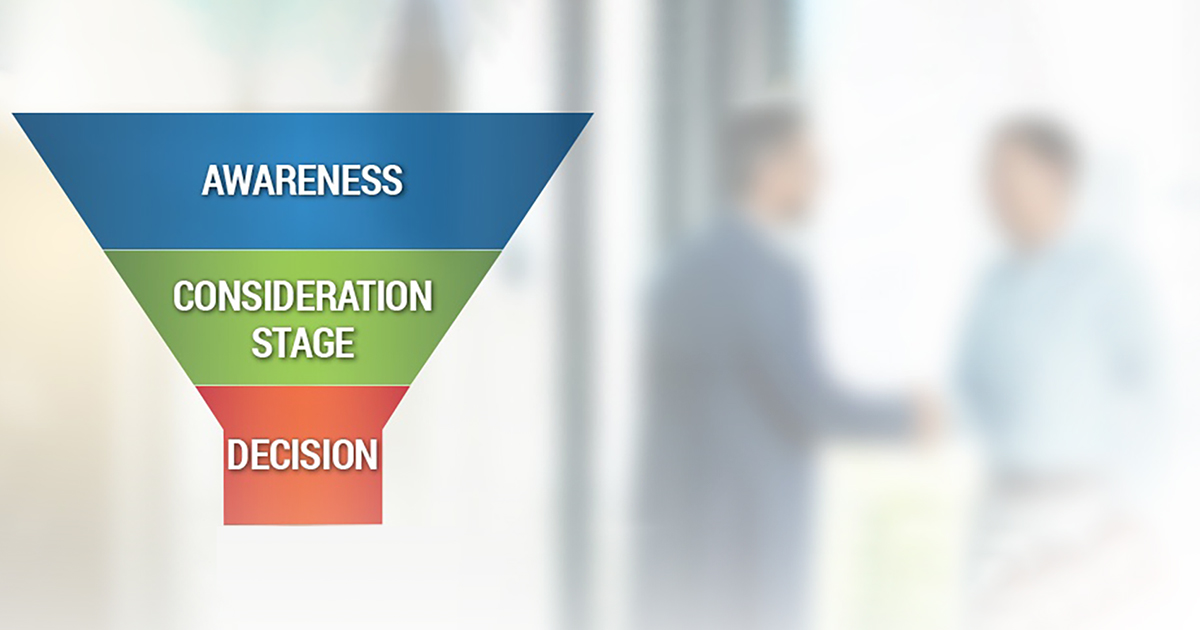We started this blog a little under eight years ago, and you may have noticed there are a couple of terms we’ve used from time to time: “marketing funnel” and “sales funnel.”
But we’ve never done a blog post focused on the marketing-sales funnel, and how they relate to your inbound sales strategy. It’s time to answer the question…
What is the marketing funnel?
You might hear of this concept referred to as the “marketing funnel” or the “lead funnel” but it’s all part of the same journey. Think of it in driving terms: You’ve switched from Interstate 276 to Interstate 76, but you’re still on the Pennsylvania Turnpike.
In this case, the journey is from prospect to lead to customer, and the funnel is the road they take.
The funnel has three stages:
 1. The top of the funnel
1. The top of the funnel
Otherwise known as the “awareness” stage, this is the point in which your lead is trying to solve a problem, and they’ve come across the content you’ve created in their quest for a solution.
If your audience is like most people, they conduct online research before making a purchase. Roughly 80 percent of people research before they buy, and people get through 60 percent of the buying process before they’re ready to talk to someone about their purchase.
Today’s customers are looking for answers relating to the problem that sparked their search. One of the best ways to get their attention at this stage is through high-value content such as blog posts, whitepapers and eBooks, along with other educational materials.
There’s no guarantee at this point that they’ll buy from you, but those leads who do find your content useful at this stage may continue to the middle of the funnel.
2. The middle of the funnel
When a prospect arrives in the middle of the funnel, you’ve gotten their attention. We typically refer to this as the “consideration” stage of the buyer’s journey: they know what their problem is and they are considering solutions.
This is a critical stage. It’s where potential customers begin to weed out solutions that aren’t a good fit. And it’s where you’ll need to show why your solutions are the ideal option. This is where you nurture your leads, and try to build trust between your brand and your audience.
That’s why the content you create here should demonstrate why you are experts in your field, through things like webinars and expert guides.
And nurturing leads through this stage of your inbound sales strategy pays off. Nurtured leads yield, on average, a 20 percent increase in sales opportunities.
 3. The bottom of the funnel
3. The bottom of the funnel
The “decision” stage is where someone makes a purchase decision. It doesn’t necessarily mean they’re going to purchase from you, but if they’ve gotten this far, they at least see something in you that speaks to them.
At this point, they just need a small push. The right content with the right call-to-action can make all the difference in turning this lead into a customer.
This is the stage where customers are more open to talking to someone from your sales team, so the content you share with them can include free trials and project demonstrations, as well as case studies and product literature.
If all this sounds like a lot to tackle, don’t worry. You don’t have to tackle it alone. IQnection has spent years helping clients guide their customers to the end of the funnel.
Our team can devise B2B marketing strategies and content designed to turn today’s leads to future customers. Contact us today to get started.











